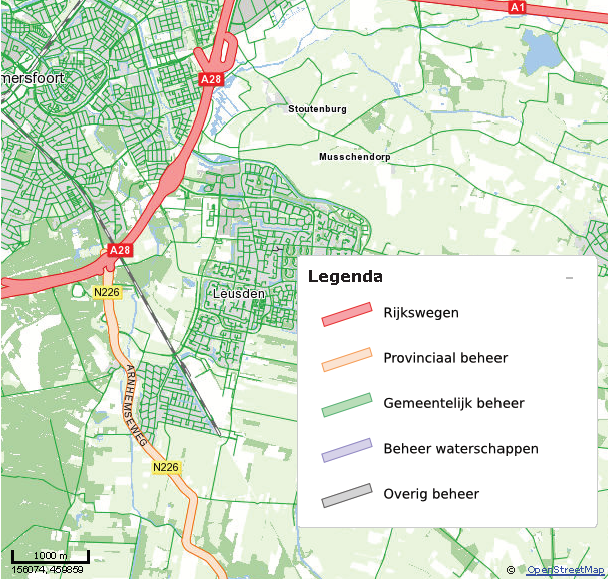PRE2020 4 Group1: Difference between revisions
| Line 97: | Line 97: | ||
== Milestones == | == Milestones == | ||
TODO | |||
== Deliverables == | == Deliverables == | ||
Revision as of 21:50, 23 April 2021
Project Title t.b.d.
<div#bodyContent sup {
font-size: smaller; vertical-align: baseline; position: relative; bottom: 0.33em;
}
- bodyContent sub {
font-size: smaller; vertical-align: baseline; position: relative; bottom: -0.25em;;
}>
Team members
| Members | Student ID | Faculty | |
|---|---|---|---|
| Kashan Alidjan | 1224924 | Electrical Engineering | k.m.s.alidjan@student.tue.nl |
| Sijt Hooghwinkel | 1228761 | Automotive | s.j.c.hooghwinkel@student.tue.nl |
| Damaris Jongbloed | 1241057 | Computer Science | d.a.jongbloed@student.tue.nl |
| Emma van Oppen | 0963999 | Computer Science | e.y.v.oppen@student.tue.nl |
| Laura Verbeek | 1428063 | Biomedical Engineering | l.h.e.verbeek@student.tue.nl |
Introduction
TODO
Problem statement and objectives
Problem statement
TODO
Objectives
The main objective of this project is to develop a device that measures road surface quality by detecting irregularities in the pavement, such as potholes and cracks, that are encountered while driving around. This device can be placed onto a vehicle and will collect data on these irregularities using several different sensors, such as an accelerometer and a GPS module.
Through the use of crowdsourcing, the collected data, along with GPS locations, can be used to visualize the locations of potholes, cracks and other damage to the road’s surface, thus creating a mapping of the overall road quality. This data can be used to quickly assess where the damage is the most severe and which roads are in need of repair. As such, road maintenance can be planned more immediately when problem areas are detected, which can contribute to an increase in road safety.
- Collect data on potential locations of potholes, cracks and other road surface damage.
- Visualize the locations of detected road damage by overlaying the collected data on a map.
- Enable quick assessment of where the damage is most severe and repair is necessary.
- The device must be cost effective to enable widespread usage.
USE analysis
Users
The public roads in The Netherlands are not maintained by one organization. The management is mainly shared between Rijkswaterstaat (highways), provinces and local municipalities. The two latter are responsible for the “N” roads, non-highway roads.
People that have the device installed on their vehicle can be considered as passive users as they do not have to interact directly with the device if they wish. They will need to monitor the physical state of the device and have the device replaced/repaired if needed.

Society
Societal stakeholders are all road users.
Enterprise
If a repair needs to be done a contractor will be used to perform this repair.
Depending on the means of installation and technical knowledge that is required to perform installation (TBD!), this may need to be done by a garage. Several garages could be selected to have an inventory of the devices to install on customers cars during their general inspection (APK) or with a service.
State of the art / Research
TODO
Plan
Approach
TODO
Milestones
TODO
Deliverables
TODO
Logbook
TODO
Appendix
TODO
References
TODO